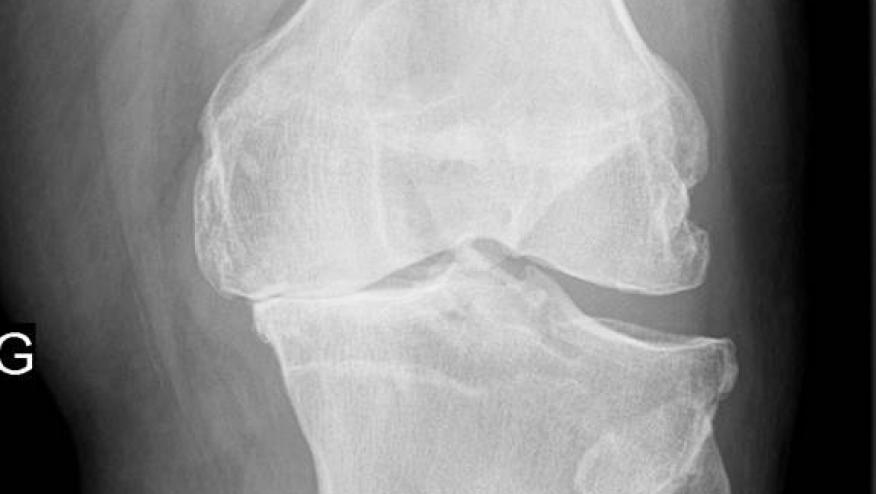CDC Says Prevalence of Severe Joint Pain is Rising Save

The October 7th edition of MMWR reports that severe joint pain (SJP) has significantly risen from 10.5 million in 2012 to 27.2% in 2014, based on recent NHIS surveys.
In the United States, arthritis is a leading cause of disability and affects an estimated 52.5 million (22.7%) adults in 2010–2012; it has been projected to rise to 78.4 million adults by 2040.
The CDC analyzed data from the National Health Interview Survey. In 2014, approximately one fourth of adults with arthritis had SJP (27.2%) in the last 30 days. Within selected groups, the prevalence of SJP was higher among women (29.2%), non-Hispanic blacks (42.3%), Hispanics (35.8%), and the disabled (45.6%), and those unable to work (51.9%).
SJP was also higher among those in fair or poor health (49.1%), obesity (31.7%), heart disease (34.1%), diabetes (40.9%), or serious psychological distress (56.3%).
Two major objectives of the 2016 National Pain Strategy are 1) to take steps to reduce barriers to pain care, and 2) to increase patient knowledge of treatment options and risks. The CDC Guideline for Prescribing Opioids for Chronic Pain — United States, 2016, offers additional guidance on managing pain from arthritis. Health care providers and public health practitioners can begin implement the recommendations and improve pain care among adults with arthritis by prioritizing self-management education and appropriate physical activity interventions as effective, nonpharmacologic ways to reduce pain and improve health outcomes.








If you are a health practitioner, you may Login/Register to comment.
Due to the nature of these comment forums, only health practitioners are allowed to comment at this time.